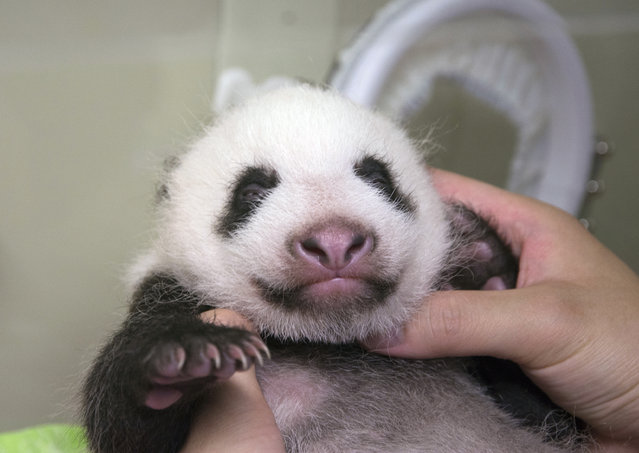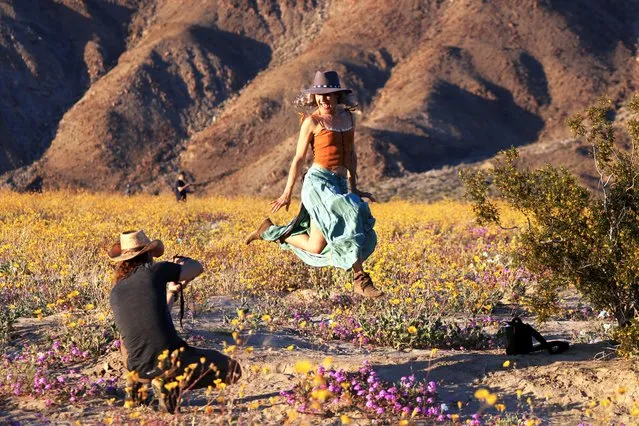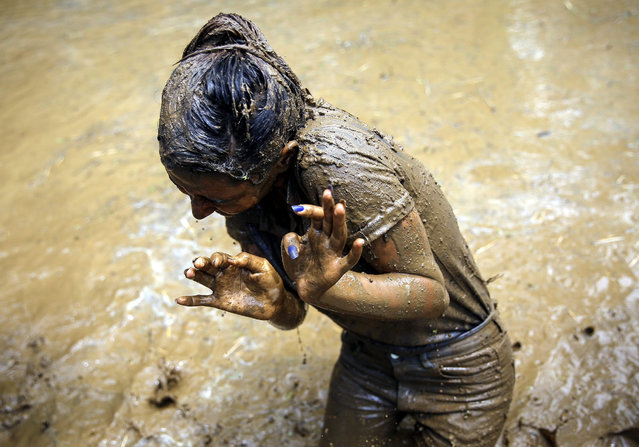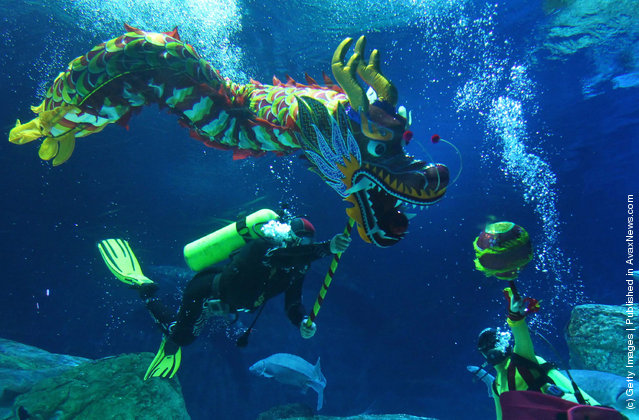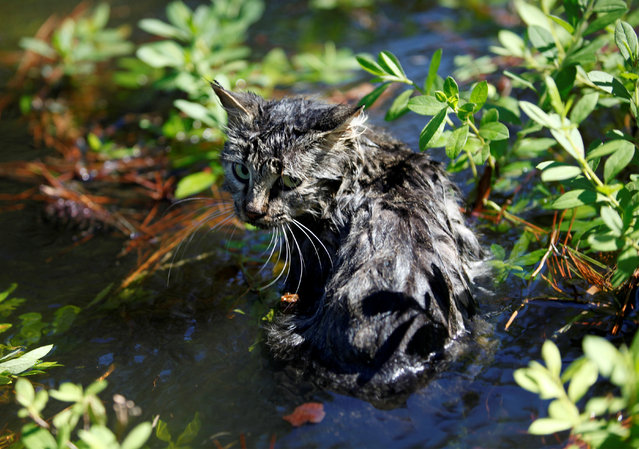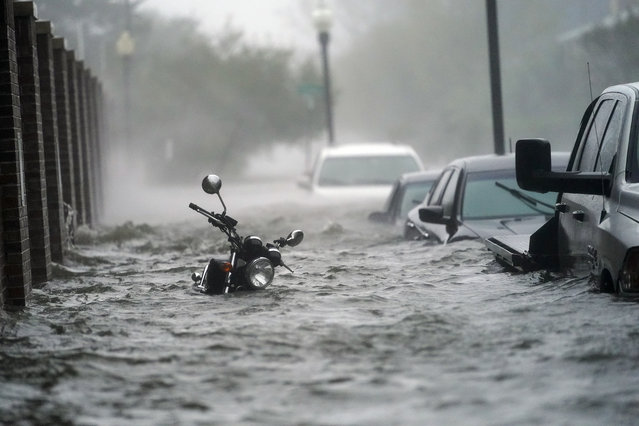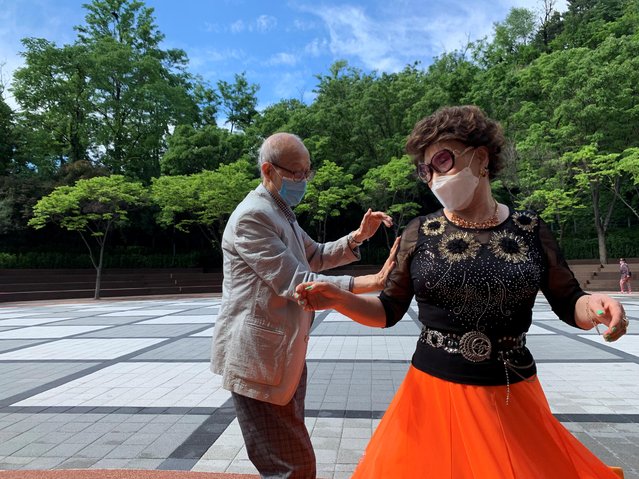
South Korean residents 89-year-old Jeong Nam-poong and 80-year-old Jang Yoon-hui , wearing protective masks, dance at park after their daytime discotheque “colatec” has been closed amid the coronavirus disease (COVID-19) outbreak in Seoul, South Korea, May 19, 2020. (Photo by Minwoo Park/Reuters)
09 Jun 2020 00:01:00,post received
0 comments

